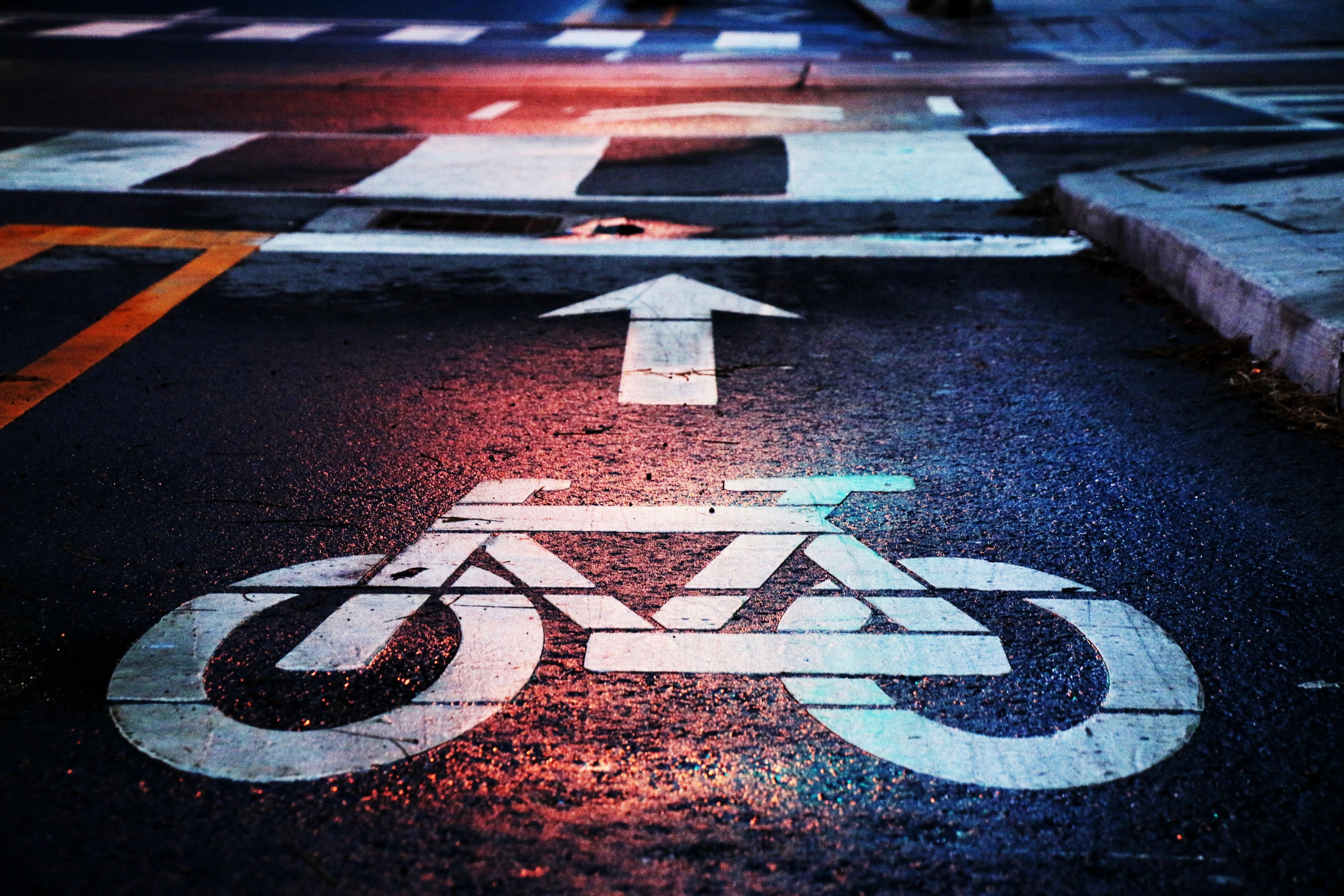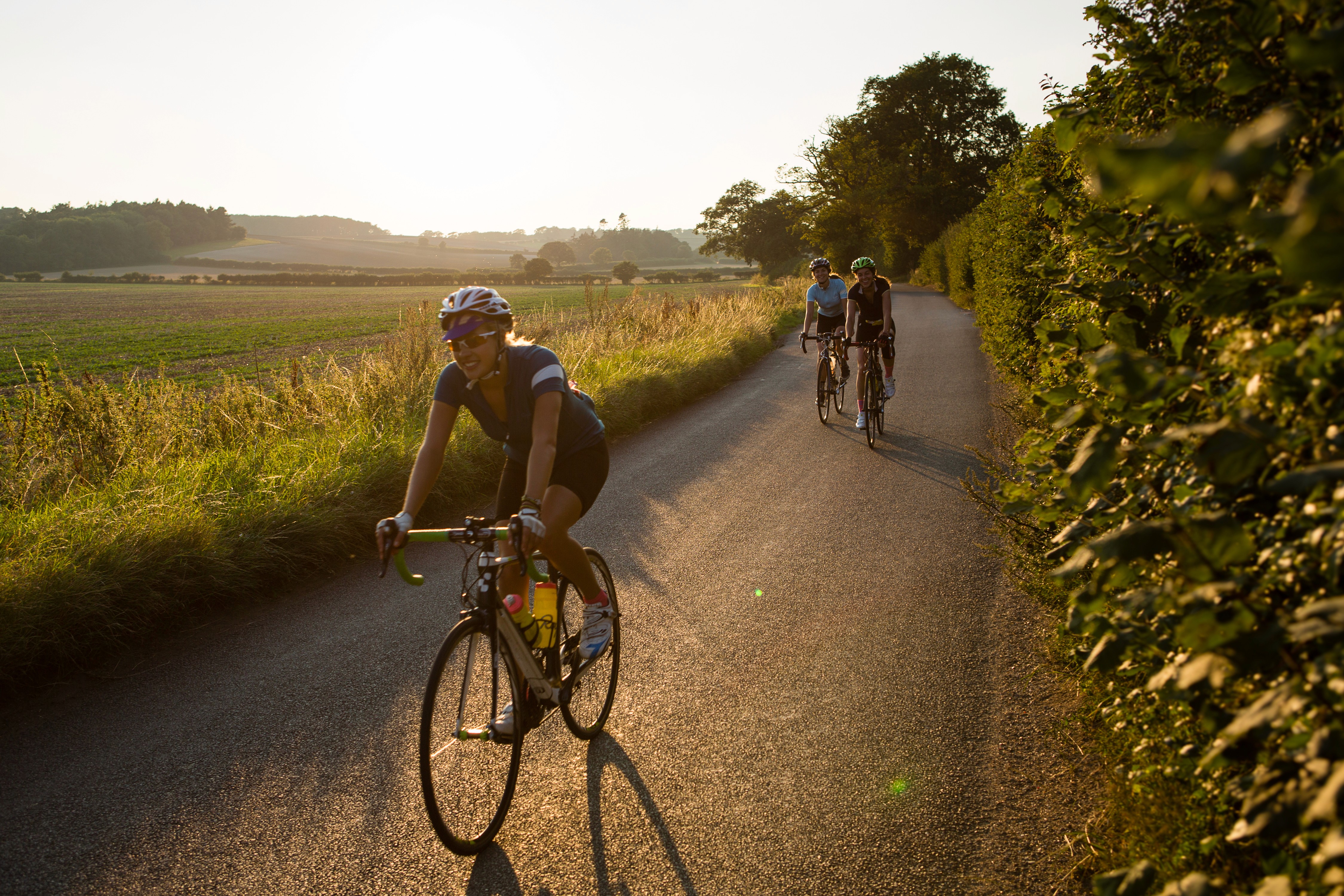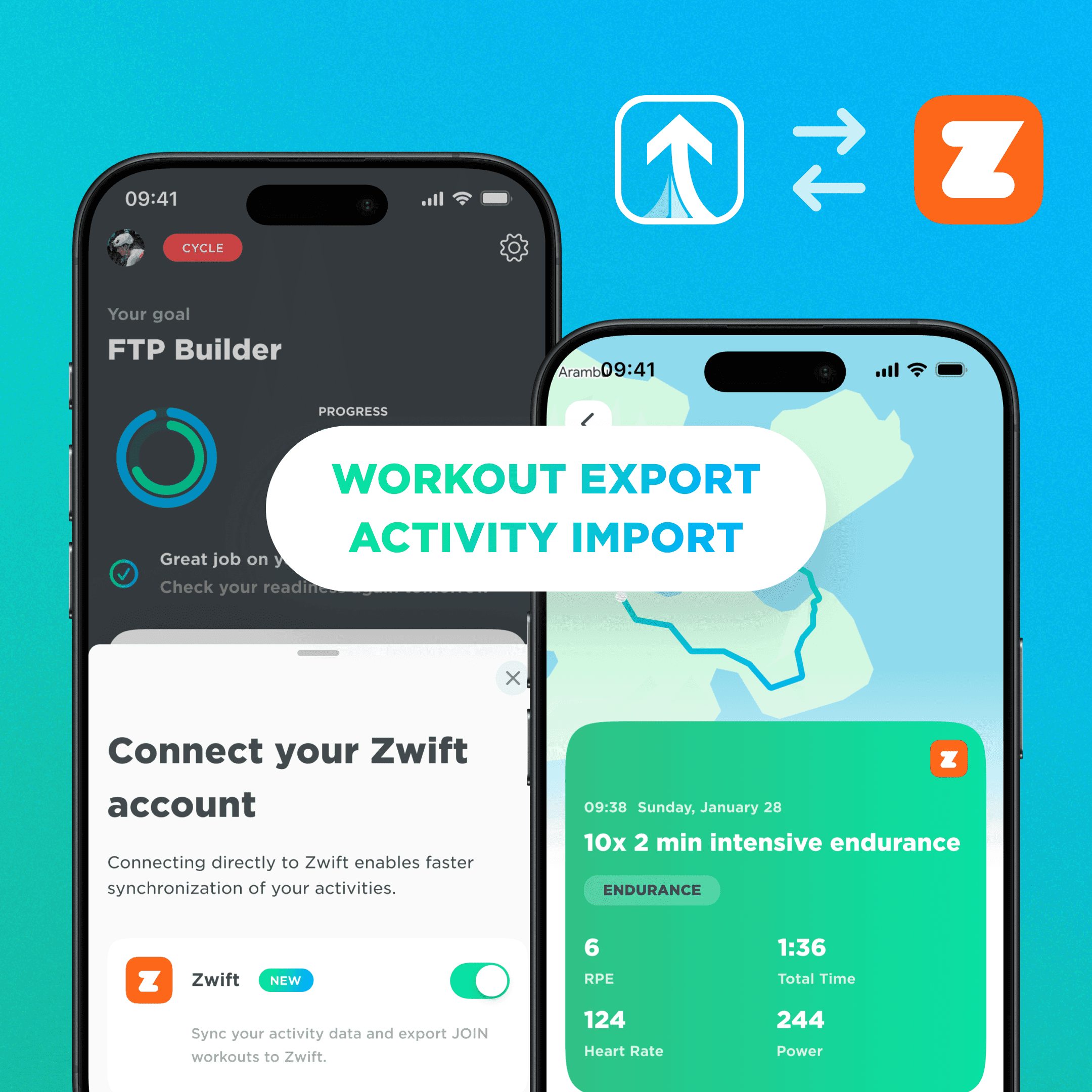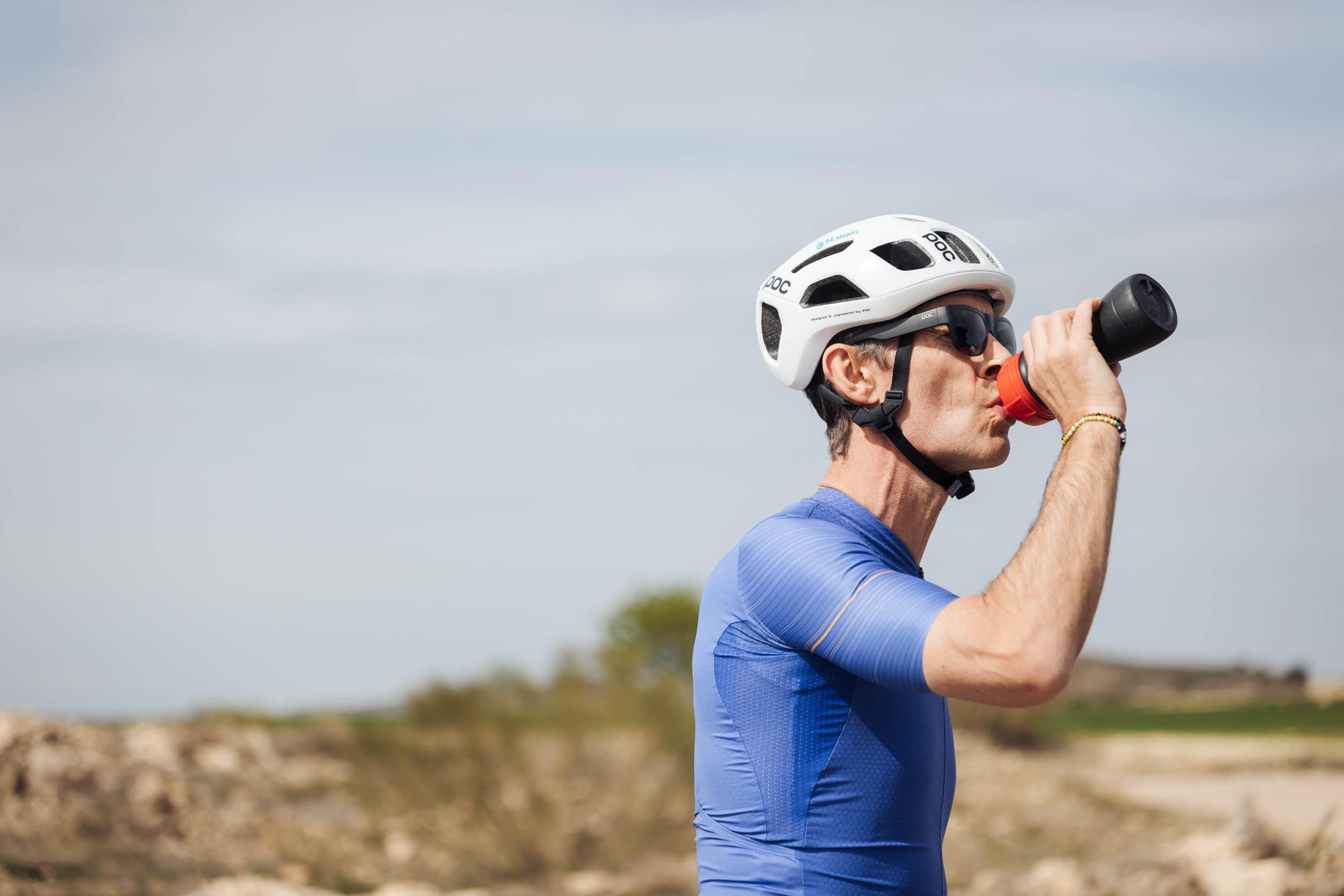What is the perfect pedal stroke?

Feb 11, 2020

What is the perfect pedal stroke?
Feb 11, 2020

What is the perfect pedal stroke?

Feb 11, 2020

Actually the answer to the first question is quite easy, but the second one requires a bit more explanation to answer. Let’s start with the easy one.
Better at stretching than bending
But as we all know force has two components of which direction is one, but what about the amount of force that is applied. Should the force be applied evenly in the same amount through the whole cycle? No, it simply should not. Because if you should, you should apply as much power to the down stroke as to the upstroke. But the human body is much better equipped to apply a lot of force in stretching the knee than in bending it. Also, if you apply force evenly through the whole pedal cycle there is never a moment of rest. This also doesn’t make sense because there is already a relatively large window of time in which a cyclist can apply force compared to the much shorter contact phase in other endurance sports like running and speed skating.
The different phases of the pedal stroke
If we use the analogy of a clock and define 12 o’clock as the pedal's top position and 3 o’clock as the down phase, then we can distinguish 4 phases. From around 1 till 5 o’clock we are in the down stroke. From 5 till 7 o’clock a transition takes place towards the upstroke. 7 till 11 o’clock is the upstroke and finally from 11 till 1 is the transition to the down stroke again.
Because the pedal stroke describes a perfect circle (for the sake of this article we leave oval chainrings out of the picture), the force that is applied to the pedal should be pointing in the direction of the tangential force during the complete cycle. This might sound more difficult than it actually is. It basically means that if the pedal is at 3 o’clock the force on the pedal should be directed straight down, but one millisecond later just a little bit backwards. That way the force that is applied on the pedal always contributes 100% to the motion. So no energy gets lost by applying force in the wrong direction.
What is the ideal force direction?
Nowadays, a lot of powermeters but also indoor trainers like the Tacx Neo II give you feedback on how much force is applied and in which direction. This gives us the opportunity to see how the most experienced cyclists and pro’s apply their force. Based on this, we see that professional riders are better at applying their force in the tangential direction than less experienced riders. By doing so there are less dead spots in the transitions from the upstroke to the down stroke and vice versa. Also the pro’s never, unless they find themselves on a very steep climb with an extremely low RPM, pull on their pedal. Instead they actively unload the pedal so the other leg doesn’t have to push against the weight of the passive leg.
Don't pull on your pedals!
Actively pulling on the pedal is still one of the biggest myths still doing the rounds in the amateur cyclist scene. Research has found that an amateur should focus on the transitions around both the 12- and 6 o’clock-positions and make sure to push the pedal in the right direction. So if we know when and in which direction to apply the force, how can we train this? First and foremost, the biggest factor that might be in the way of a perfect pedal stroke is your bike position. If your saddle is too high the transition from the down stroke to the upstroke is seriously hindered and vice versa for a saddle that is too low.
Also the setback of your saddle (the saddle position relative to the bike's bottom bracket) in relation to the length of some of your body parts and the length of the crank. If for example your saddle position is too much backwards and/or the cranklength is too long, it takes too much energy to apply force in the tangential direction and you will probably see a dead spot when pulling the pedal backwards. If the cranklength is too short the muscles will not be stretched to their optimal force-length ratio. So a proper bike fit that optimizes all these data points for you is a very wise investment to help you perfect your pedal stroke.
Pro's vs. recreational cyclists
Furthermore, it is also a case of big numbers. The more hours you ride your bike, the better your body learns how to apply force in the most effective and efficient way without you even thinking about it. Varying your cadences and not always riding with the same 85-90 RPM also helps the body to train an effective coordination pattern. This is just another example of your body's ability to know what’s going on, without you thinking about it all the time.
Train your pedal stroke
This however doesn’t mean that feedback of what you’re doing isn’t useful. This can definitely speed up the learning process. If, for example, you clearly see there is a deadspot in the upward transition phase and you know the bike is properly set, you can try to push the pedal backwards actively. By doing so the body learns there is a better and more effective way of pedaling. Also a great exercise in this case are one leg drills. Just click one foot out of the pedal and use just one leg for about five minutes at the same RPM. Without the other leg helping, not having a fluent transition phase becomes immediately apparent. One last, very important factor to work on is your core. If your core muscles are too weak it is really difficult to have a stable and effective pedal stroke. To paraphrase it: you can’t fire a cannon from a canoe.
Actually the answer to the first question is quite easy, but the second one requires a bit more explanation to answer. Let’s start with the easy one.
Better at stretching than bending
But as we all know force has two components of which direction is one, but what about the amount of force that is applied. Should the force be applied evenly in the same amount through the whole cycle? No, it simply should not. Because if you should, you should apply as much power to the down stroke as to the upstroke. But the human body is much better equipped to apply a lot of force in stretching the knee than in bending it. Also, if you apply force evenly through the whole pedal cycle there is never a moment of rest. This also doesn’t make sense because there is already a relatively large window of time in which a cyclist can apply force compared to the much shorter contact phase in other endurance sports like running and speed skating.
The different phases of the pedal stroke
If we use the analogy of a clock and define 12 o’clock as the pedal's top position and 3 o’clock as the down phase, then we can distinguish 4 phases. From around 1 till 5 o’clock we are in the down stroke. From 5 till 7 o’clock a transition takes place towards the upstroke. 7 till 11 o’clock is the upstroke and finally from 11 till 1 is the transition to the down stroke again.
Because the pedal stroke describes a perfect circle (for the sake of this article we leave oval chainrings out of the picture), the force that is applied to the pedal should be pointing in the direction of the tangential force during the complete cycle. This might sound more difficult than it actually is. It basically means that if the pedal is at 3 o’clock the force on the pedal should be directed straight down, but one millisecond later just a little bit backwards. That way the force that is applied on the pedal always contributes 100% to the motion. So no energy gets lost by applying force in the wrong direction.
What is the ideal force direction?
Nowadays, a lot of powermeters but also indoor trainers like the Tacx Neo II give you feedback on how much force is applied and in which direction. This gives us the opportunity to see how the most experienced cyclists and pro’s apply their force. Based on this, we see that professional riders are better at applying their force in the tangential direction than less experienced riders. By doing so there are less dead spots in the transitions from the upstroke to the down stroke and vice versa. Also the pro’s never, unless they find themselves on a very steep climb with an extremely low RPM, pull on their pedal. Instead they actively unload the pedal so the other leg doesn’t have to push against the weight of the passive leg.
Don't pull on your pedals!
Actively pulling on the pedal is still one of the biggest myths still doing the rounds in the amateur cyclist scene. Research has found that an amateur should focus on the transitions around both the 12- and 6 o’clock-positions and make sure to push the pedal in the right direction. So if we know when and in which direction to apply the force, how can we train this? First and foremost, the biggest factor that might be in the way of a perfect pedal stroke is your bike position. If your saddle is too high the transition from the down stroke to the upstroke is seriously hindered and vice versa for a saddle that is too low.
Also the setback of your saddle (the saddle position relative to the bike's bottom bracket) in relation to the length of some of your body parts and the length of the crank. If for example your saddle position is too much backwards and/or the cranklength is too long, it takes too much energy to apply force in the tangential direction and you will probably see a dead spot when pulling the pedal backwards. If the cranklength is too short the muscles will not be stretched to their optimal force-length ratio. So a proper bike fit that optimizes all these data points for you is a very wise investment to help you perfect your pedal stroke.
Pro's vs. recreational cyclists
Furthermore, it is also a case of big numbers. The more hours you ride your bike, the better your body learns how to apply force in the most effective and efficient way without you even thinking about it. Varying your cadences and not always riding with the same 85-90 RPM also helps the body to train an effective coordination pattern. This is just another example of your body's ability to know what’s going on, without you thinking about it all the time.
Train your pedal stroke
This however doesn’t mean that feedback of what you’re doing isn’t useful. This can definitely speed up the learning process. If, for example, you clearly see there is a deadspot in the upward transition phase and you know the bike is properly set, you can try to push the pedal backwards actively. By doing so the body learns there is a better and more effective way of pedaling. Also a great exercise in this case are one leg drills. Just click one foot out of the pedal and use just one leg for about five minutes at the same RPM. Without the other leg helping, not having a fluent transition phase becomes immediately apparent. One last, very important factor to work on is your core. If your core muscles are too weak it is really difficult to have a stable and effective pedal stroke. To paraphrase it: you can’t fire a cannon from a canoe.
Actually the answer to the first question is quite easy, but the second one requires a bit more explanation to answer. Let’s start with the easy one.
Better at stretching than bending
But as we all know force has two components of which direction is one, but what about the amount of force that is applied. Should the force be applied evenly in the same amount through the whole cycle? No, it simply should not. Because if you should, you should apply as much power to the down stroke as to the upstroke. But the human body is much better equipped to apply a lot of force in stretching the knee than in bending it. Also, if you apply force evenly through the whole pedal cycle there is never a moment of rest. This also doesn’t make sense because there is already a relatively large window of time in which a cyclist can apply force compared to the much shorter contact phase in other endurance sports like running and speed skating.
The different phases of the pedal stroke
If we use the analogy of a clock and define 12 o’clock as the pedal's top position and 3 o’clock as the down phase, then we can distinguish 4 phases. From around 1 till 5 o’clock we are in the down stroke. From 5 till 7 o’clock a transition takes place towards the upstroke. 7 till 11 o’clock is the upstroke and finally from 11 till 1 is the transition to the down stroke again.
Because the pedal stroke describes a perfect circle (for the sake of this article we leave oval chainrings out of the picture), the force that is applied to the pedal should be pointing in the direction of the tangential force during the complete cycle. This might sound more difficult than it actually is. It basically means that if the pedal is at 3 o’clock the force on the pedal should be directed straight down, but one millisecond later just a little bit backwards. That way the force that is applied on the pedal always contributes 100% to the motion. So no energy gets lost by applying force in the wrong direction.
What is the ideal force direction?
Nowadays, a lot of powermeters but also indoor trainers like the Tacx Neo II give you feedback on how much force is applied and in which direction. This gives us the opportunity to see how the most experienced cyclists and pro’s apply their force. Based on this, we see that professional riders are better at applying their force in the tangential direction than less experienced riders. By doing so there are less dead spots in the transitions from the upstroke to the down stroke and vice versa. Also the pro’s never, unless they find themselves on a very steep climb with an extremely low RPM, pull on their pedal. Instead they actively unload the pedal so the other leg doesn’t have to push against the weight of the passive leg.
Don't pull on your pedals!
Actively pulling on the pedal is still one of the biggest myths still doing the rounds in the amateur cyclist scene. Research has found that an amateur should focus on the transitions around both the 12- and 6 o’clock-positions and make sure to push the pedal in the right direction. So if we know when and in which direction to apply the force, how can we train this? First and foremost, the biggest factor that might be in the way of a perfect pedal stroke is your bike position. If your saddle is too high the transition from the down stroke to the upstroke is seriously hindered and vice versa for a saddle that is too low.
Also the setback of your saddle (the saddle position relative to the bike's bottom bracket) in relation to the length of some of your body parts and the length of the crank. If for example your saddle position is too much backwards and/or the cranklength is too long, it takes too much energy to apply force in the tangential direction and you will probably see a dead spot when pulling the pedal backwards. If the cranklength is too short the muscles will not be stretched to their optimal force-length ratio. So a proper bike fit that optimizes all these data points for you is a very wise investment to help you perfect your pedal stroke.
Pro's vs. recreational cyclists
Furthermore, it is also a case of big numbers. The more hours you ride your bike, the better your body learns how to apply force in the most effective and efficient way without you even thinking about it. Varying your cadences and not always riding with the same 85-90 RPM also helps the body to train an effective coordination pattern. This is just another example of your body's ability to know what’s going on, without you thinking about it all the time.
Train your pedal stroke
This however doesn’t mean that feedback of what you’re doing isn’t useful. This can definitely speed up the learning process. If, for example, you clearly see there is a deadspot in the upward transition phase and you know the bike is properly set, you can try to push the pedal backwards actively. By doing so the body learns there is a better and more effective way of pedaling. Also a great exercise in this case are one leg drills. Just click one foot out of the pedal and use just one leg for about five minutes at the same RPM. Without the other leg helping, not having a fluent transition phase becomes immediately apparent. One last, very important factor to work on is your core. If your core muscles are too weak it is really difficult to have a stable and effective pedal stroke. To paraphrase it: you can’t fire a cannon from a canoe.
More Relevant Articles
Discover valuable training tips to enhance your cycling performance.
More Relevant Articles
Discover valuable training tips to enhance your cycling performance.
More Relevant Articles
Discover valuable training tips to enhance your cycling performance.

Unlock Your Cycling Potential Today
Join thousands of cyclists who have improved their performance with JOIN's training plans.
Probeer het nu
Meer Informatie

Unlock Your Cycling Potential Today
Join thousands of cyclists who have improved their performance with JOIN's training plans.
By joining, you agree to our Terms and Conditions and our Privacy Policy.

Unlock Your Cycling Potential Today
Join thousands of cyclists who have improved their performance with JOIN's training plans.
By joining, you agree to our Terms and Conditions and our Privacy Policy.
Join Now
Join Now



